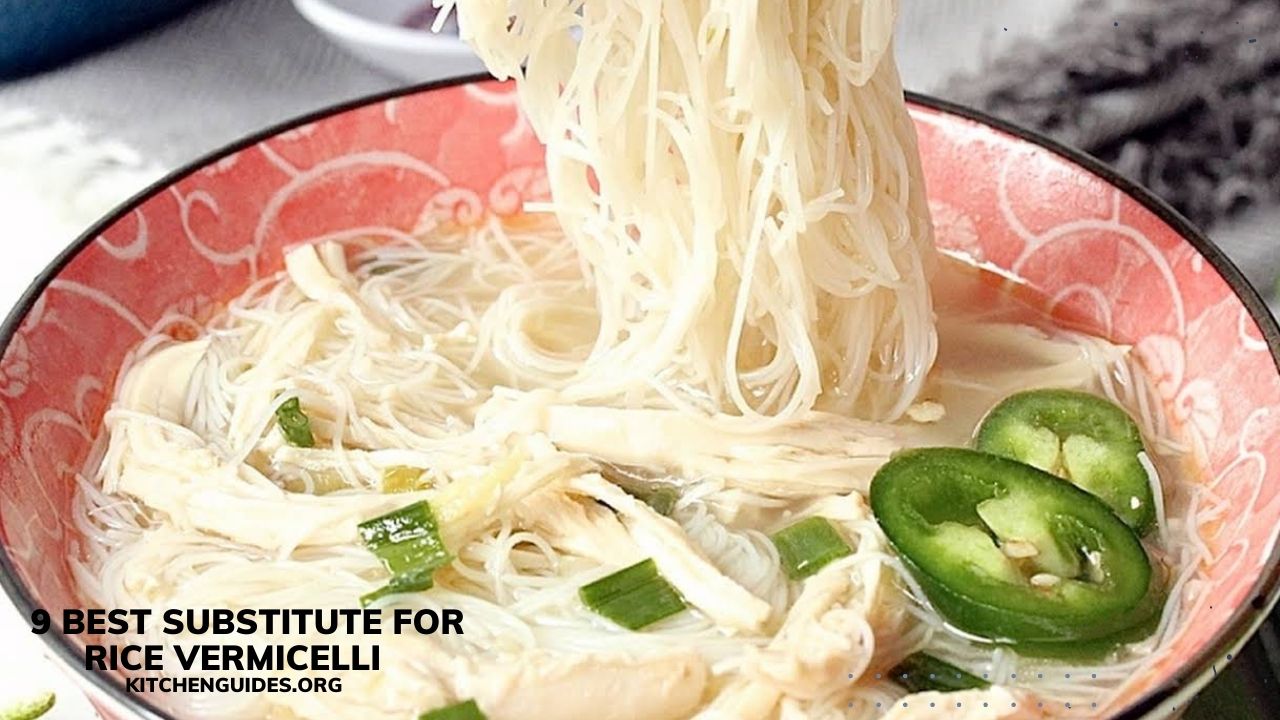Did you know that there is a substitution for rice vermicelli? That’s right! You can bake instead of boil. You don’t have to get stressed out. It’s so simple. Our baby daughter has to eat gluten-free and we love to find recipes like this. Well, this article will help you find out the possible alternates you could use for your favorite pepper-stir fried noodles!
What is Rice Vermicelli?
Rice vermicelli is a type of rice noodle that is made from mung beans and rice flour. It has a translucent, off-white color and is also known as glass noodles or bean thread noodles.
Rice vermicelli can be used in many different Asian cuisines such as Vietnamese and Thai dishes. The noodles are often served with fish or chicken and vegetables. They may also be added to soups or stir-fried dishes.
Rice vermicelli can be purchased at most grocery stores or Asian markets in the refrigerated section since they need to be kept cold until ready for use. You can find them either in small bundles or individually wrapped packages of about 1/4 pound each, which makes them easy to store until needed.
Substitute For Rice Vermicelli
If you are looking for a substitute for rice vermicelli, then the following recipes can be used.
Rice noodles are made of rice flour and water. The noodles are pressed into different shapes, depending on the type of noodle desired. Rice noodles are often used in stir-fried dishes or in soups. They can also be soaked in hot water to cook them more quickly, but they do not need any additional ingredients to make them edible.
Substitutes for rice vermicelli include:
1. Ramen noodles
These come in a variety of flavors and colors, including chicken, shrimp, and beef. They have very little flavor on their own but absorb other flavors easily
2. Cellophane noodles (bean threads)
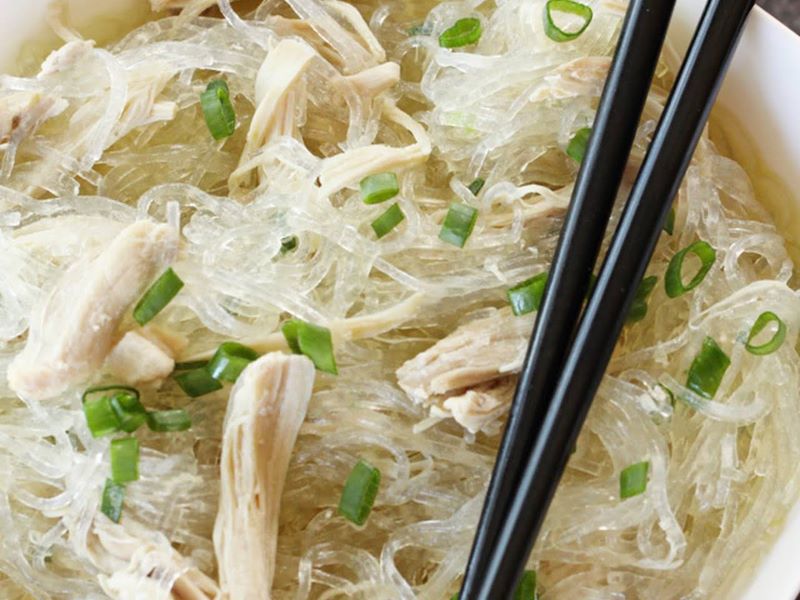
These thin, transparent noodles come dried and need to be soaked in hot water before eating
3. Pancit Canton (Filipino rice noodles)
Made from rice flour and water, these noodles are similar to ramen noodles but have more texture
4. Oyster rice vermicelli
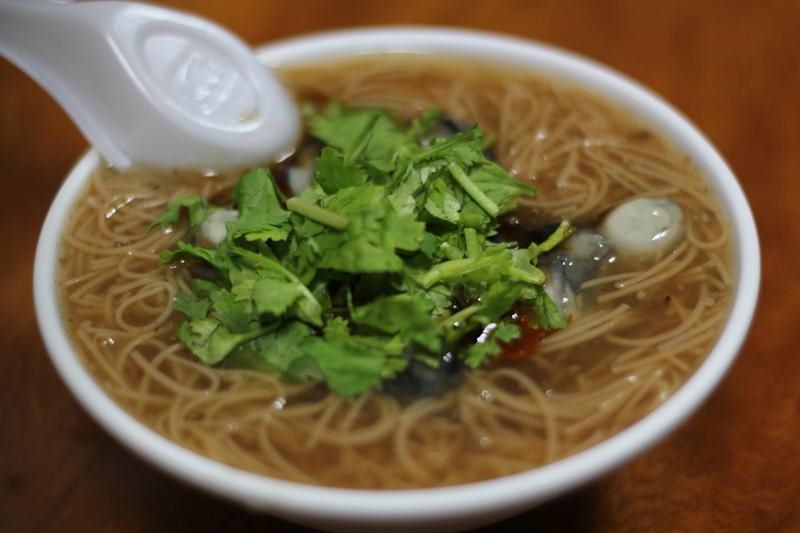
These noodles are made from dry mung bean starch, which is then mixed with water and pressed into a thin, flat sheet. They do not have the same texture as their wheat-based counterparts but they have a similar taste and are a popular substitute in Chinese cuisine.
5. Xiao long bao (or xiao long bao)
These steamed Shanghai buns, filled with savory soup or stew, are a favorite of connoisseurs.
6. Mantou (steamed buns)
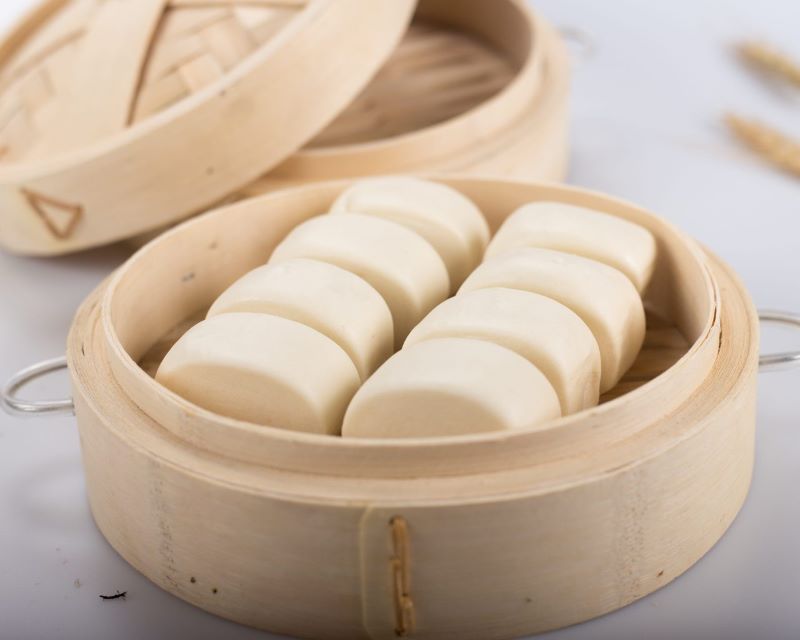
These buns are most commonly stuffed with pork or beef, but can also be used for other types of fillings. They are a bit larger than bao.
7. Momo (steamed dumplings)
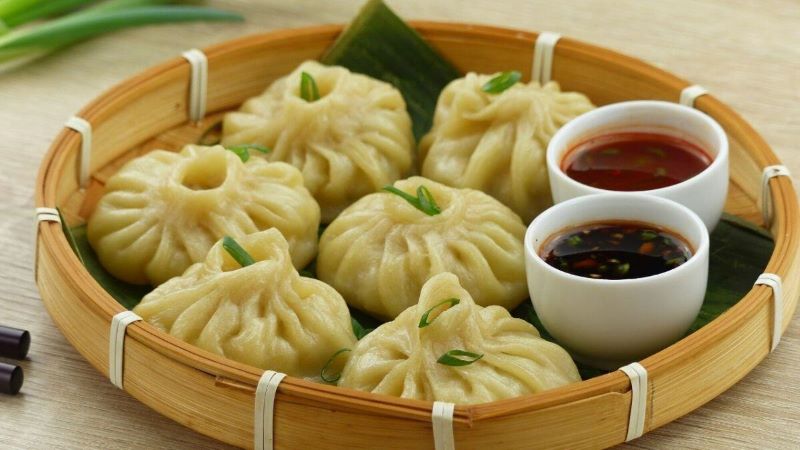
These dumplings can be filled with meat and/or vegetables and then steamed. They usually have a thin layer of dough on the bottom so they do not fall apart while cooking. They are also popular in Nepal and Tibet.
8. Rice noodles
Rice noodles are thin strands of rice flour mixed with water to make a dough that can be rolled very thin into noodles. They’re available fresh or dried at Asian markets and health food stores.
9. Wheat pasta
Wheat pasta is readily available in most grocery stores and makes an excellent substitute for rice vermicelli in soups, salads, and stir-fry dishes. You can even add it to soup bowls before serving to soak up the extra broth!
Benefits Of Rice Vermicelli
Rice vermicelli is made from finely ground rice, water, and salt. It’s similar to angel hair pasta and linguine, but it has a more delicate texture and a slightly sweet taste. The noodles are often stir-fried or added to soups, but they can also be served chilled with sauces like hoisin or oyster sauce.
There are many benefits to eating rice vermicelli, including:
1. Low-carbohydrate
One cup of cooked rice vermicelli has only 40 calories and 3 grams of carbohydrates. This makes it an ideal food for people following low-carb diets such as the Atkins Diet or South Beach Diet.
2. High in fiber
A serving of cooked rice vermicelli contains 2 grams of fiber — about 15 percent of your recommended daily intake (RDI). Fiber helps lower cholesterol levels by binding with bile acids in the intestines before they can be absorbed by the body.
3. Helps you lose weight
Most people who want to lose weight eat rice vermicelli because it fills their stomachs without adding many calories to their diet. In addition, it contains fiber which helps your body feel full longer so you don’t crave more food later on in the day.
4. Prevents constipation
Consuming plenty of fiber-rich food such as rice vermicelli will ensure that your digestive system works properly so you don’t suffer from constipation problems anymore.
5. It Helps To Control Diabetes
Rice vermicelli is an excellent source of fiber that helps to control blood sugar levels. It also helps maintain healthy cholesterol levels in the body which is especially beneficial for people suffering from diabetes type 2.
6. It Is Good For Digestion
Rice vermicelli contains high levels of dietary fiber which makes it an excellent food for digestion since it absorbs water in the intestines and makes stools softer thereby helping in easy bowel movements without straining too much during bowel movements.
Recipe With Rice Vermicelli
Rice vermicelli is a type of rice noodle popular in Chinese and Vietnamese cuisine. It’s made from rice flour and water and dried until it’s brittle. The noodles can be cooked by boiling them or frying them in oil.
Rice vermicelli is a staple in many Southeast Asian dishes, including pho, which is a Vietnamese noodle soup with beef or chicken broth. It’s also used as an ingredient in pad thai, which is a stir-fried noodle dish that often contains tofu, egg, and vegetables.
Rice vermicelli may appear on menus under different names, such as:
1. Bun Gao
This is the name for rice vermicelli used to make Bun (noodle buns). Bun Gao is usually made with either pork or shrimp fillings, then steamed in round molds. They’re eaten with soy sauce for dipping.
2. Chao tom
Chao tom means “broken rice” in Vietnamese, reflecting the way this dish was traditionally prepared before commercial noodles were available. Chunks of pork are cooked with sliced onions and garlic over high heat until they’re crispy brown on all sides; then they’re added to bowls filled with hot broth along with rice vermicelli, a few shrimp, and bean sprouts.
3. Khao tom
This is the name for a type of rice noodle soup made in Thailand. Khao tom refers to noodles that are braided together instead of simply being rolled into sheets. The traditional version of Khao tom contains the same ingredients as Chao tom but with noodles instead of vermicelli. Khao tom can be served with ginger and garlic or fish sauce, lime juice, or tamarind sauce on top if desired.
FAQs
1. What is Rice Vermicelli Made of?
Rice vermicelli is made from mung bean starch and water. It has no gluten and is low in fat and calories. The starch comes from dried mung beans that have been soaked overnight and then ground into a thick paste with hot water. The resulting paste is strained through several layers of cheesecloth to remove any residue before being dried again in the sun until it forms thin sheets of noodles.
2. What does Rice Vermicelli look like?
Rice vermicelli has a long tapering shape that resembles spaghetti but is a bit thinner and more translucent than spaghetti noodles. They are white in color and have a rough texture which makes them ideal for soaking up sauces and other ingredients.
3. Is Rice Vermicelli gluten-free?
Yes, rice vermicelli is gluten-free because it does not contain any wheat products such as durum flour or semolina flour. However, it may be cross-contaminated with gluten so it must be cooked separately from wheat products (e.g., pasta) to avoid contamination during preparation or cooking time at home.
4. How do I cook rice Vermicelli?
Rice vermicelli can be cooked in boiling water for 3 minutes until al dente (not overcooked). You can also use it as part of a stir-fry dish with meat or vegetables or add it to soups or salads.
5. Are there any special considerations when eating rice vermicelli?
It’s best to cook it al dente — not too soft and not too hard. If you find it too chewy when cooked, try soaking it in water for 30 minutes before cooking.
In Conclusion
So the best substitute for rice vermicelli would be, buckwheat vermicelli. It will not change the taste, as you mix it with vegetables and noodles. It is easy to cook and goes well with many other ingredients! You might wonder what are the substitutes for rice vermicelli.
